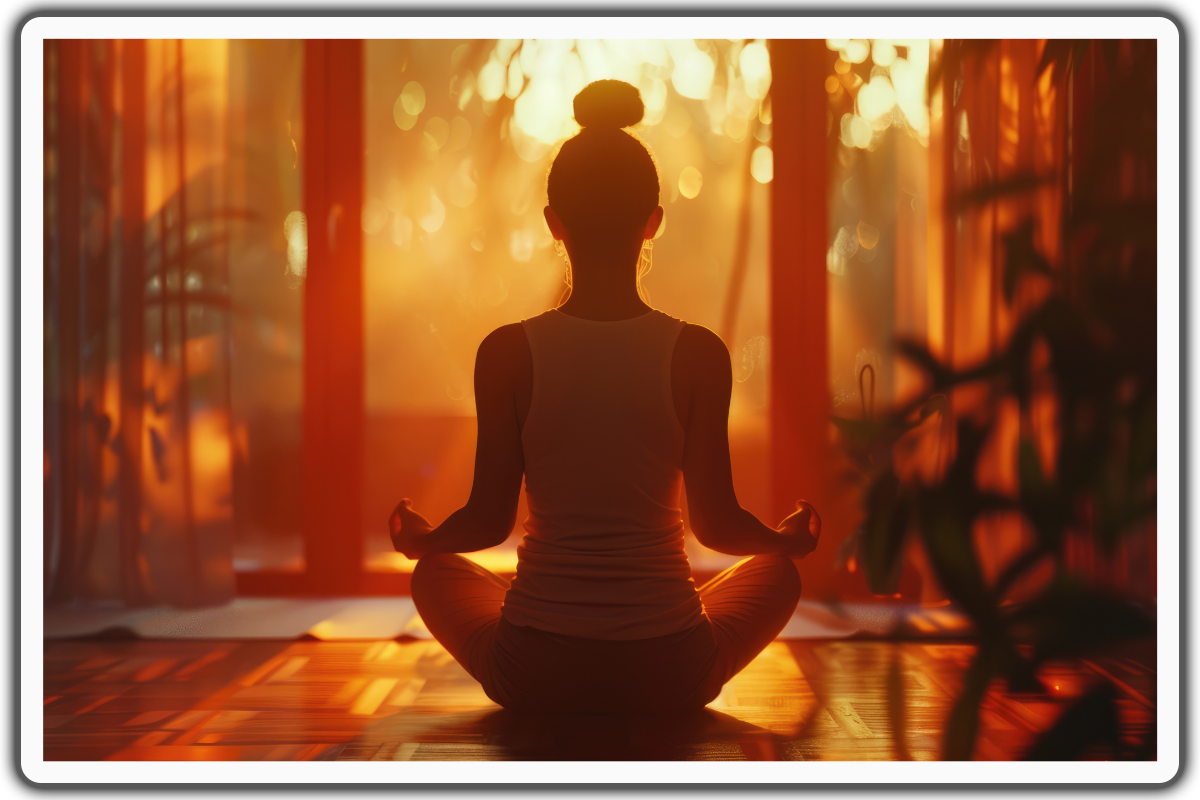
Rebalance and Harmonize: Your Guide On How To Unblock Chakras
Discovering the balance and harmony of your energy centers—known as chakras—can significantly enhance your well-being.
Each of the six main chakras governs different aspects of your physical, emotional, and spiritual life.
Understanding these energy centers, from the Root Chakra, which grounds you in stability and security, to the Crown Chakra, which links you to higher consciousness, fostering profound personal growth and healing.
In this article, we’ll explore each chakra’s unique role, common signs of chakra imbalance, practical yoga poses, and dietary tips to help you maintain a balanced and vibrant energy throughout your chakra system.
Let’s start on a journey to align your chakras and enrich your overall wellness.
Overview of the Seven Main Chakras
1. Crown Chakra (Sahasrara)
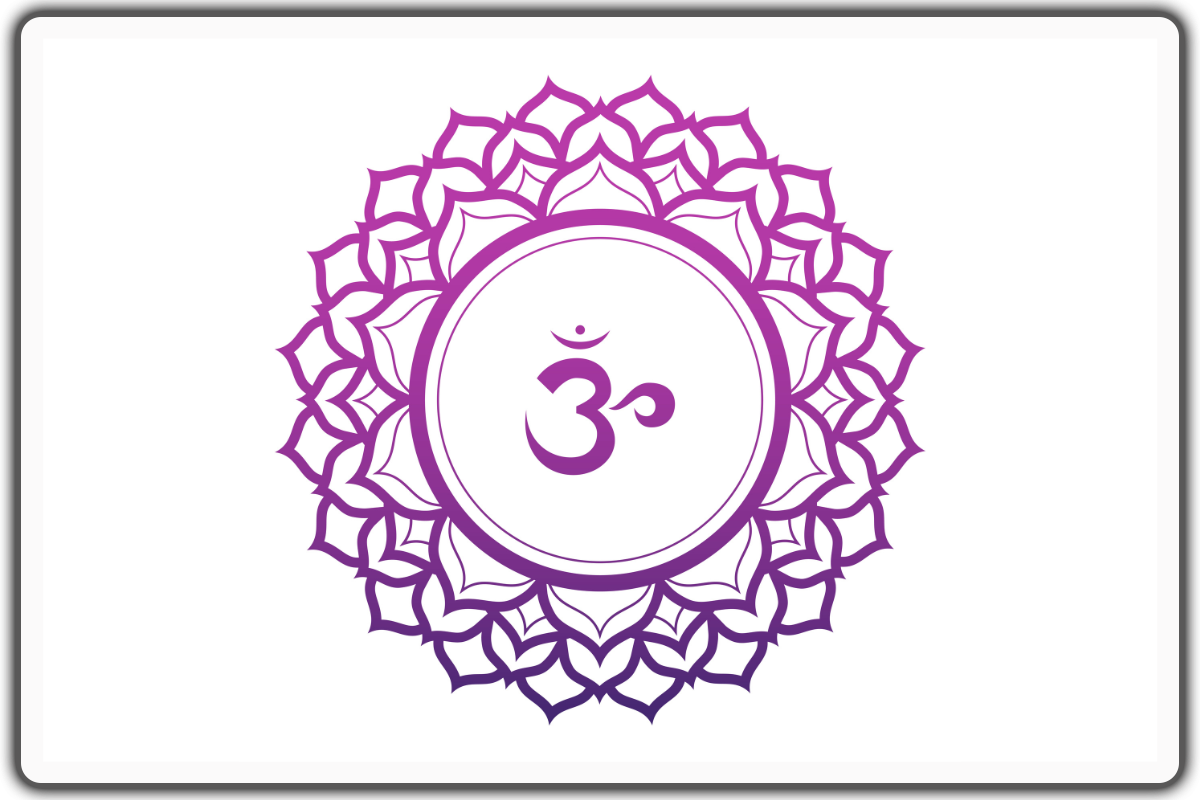
The Crown Chakra, or Sahasrara, is at the top of the head and is represented by violet and white colors.
Associated with the element of thought, this chakra is the gateway to higher consciousness, spiritual enlightenment, and universal connection.
It governs our sense of purpose and our connection to the divine and the universe.
When balanced, the Crown Chakra fosters a sense of spiritual enlightenment, unity, and connection to a higher power.
An imbalance can lead to feelings of purposelessness, spiritual disconnection, or rigid skepticism.
- Feelings of purposelessness
- Spiritual disconnection
- Depression
- Cynicism
- Headaches
2. Third Eye Chakra (Ajna)
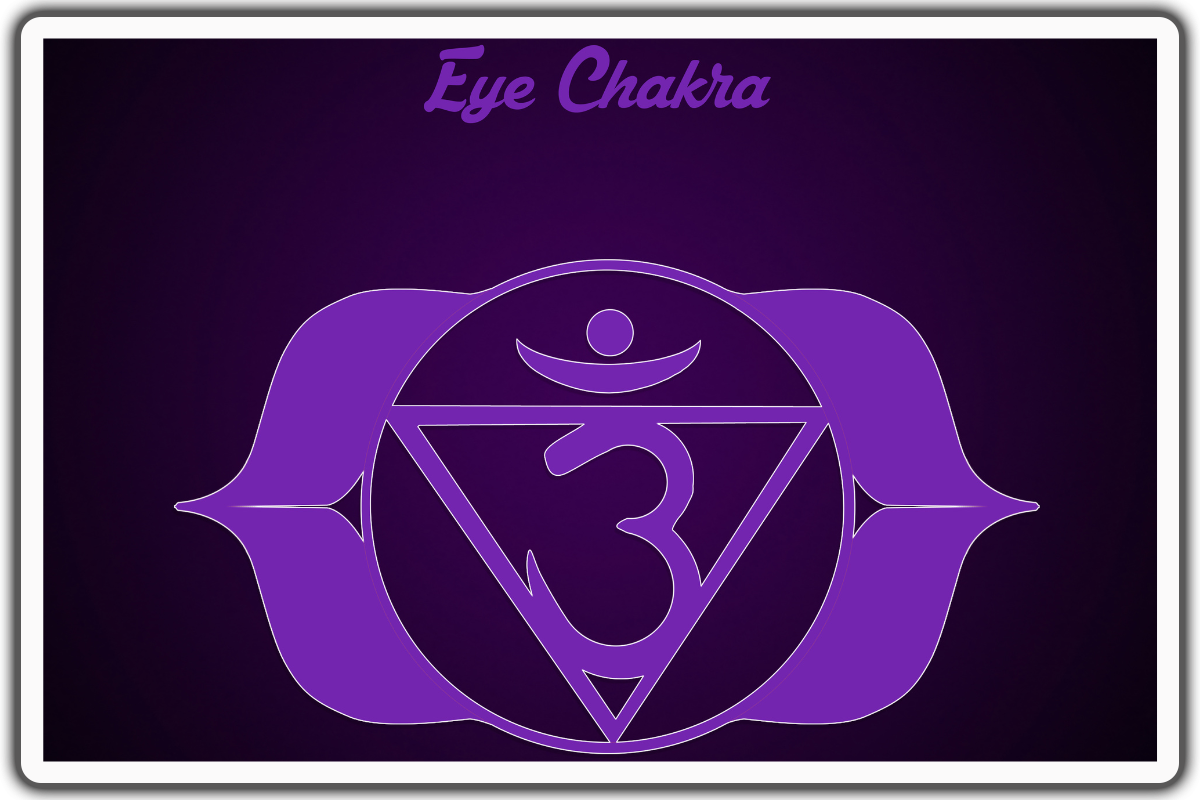
The Third Eye Chakra, or Ajna, is situated between the eyebrows. Ajna is symbolized by the color indigo. Governed by the element of light, this chakra is associated with intuition, insight, and inner wisdom. It influences our ability to perceive beyond the physical senses and connect with our inner guidance.
A balanced Third Eye Chakra fosters clarity, intuition, and spiritual awareness.
An imbalance in this chakra can result in confusion, lack of insight, and difficulty in making decisions.
- Lack of intuition
- Poor vision
- Headaches
- Difficulty concentrating
- Nightmares
3. Throat Chakra (Vishuddha)
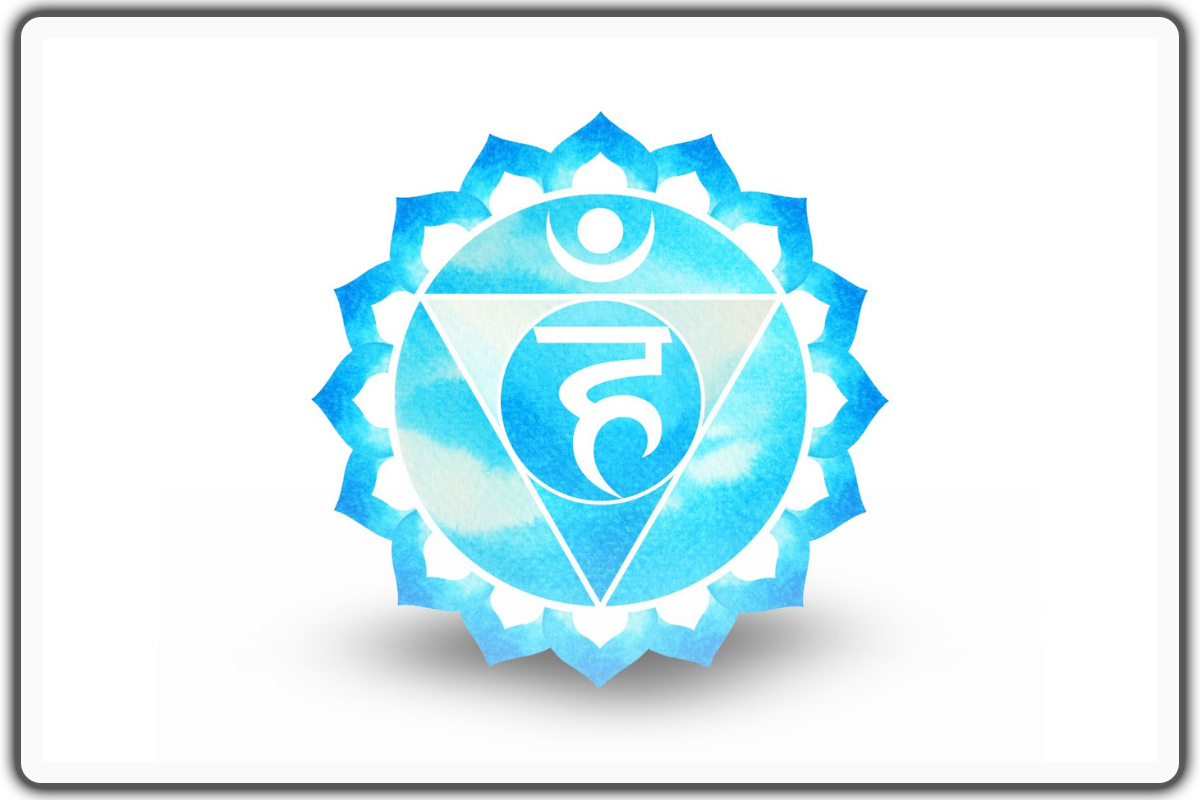
The Throat Chakra, or Vishuddha, is found in the throat area. This is represented by the color blue. This chakra is associated with ether (space) and is crucial for communication, expression, and truth.
It governs our capability to express ourselves clearly and authentically, both verbally and creatively.
A balanced Throat Chakra enables clear and effective communication, honest expression, and good listening skills.
An imbalance can result in difficulties expressing oneself, fear of speaking, or issues with dishonesty.
- Difficulty expressing oneself
- Fear of speaking
- Communication problems
- Social anxiety
- Dishonesty
4. Heart Chakra (Anahata)
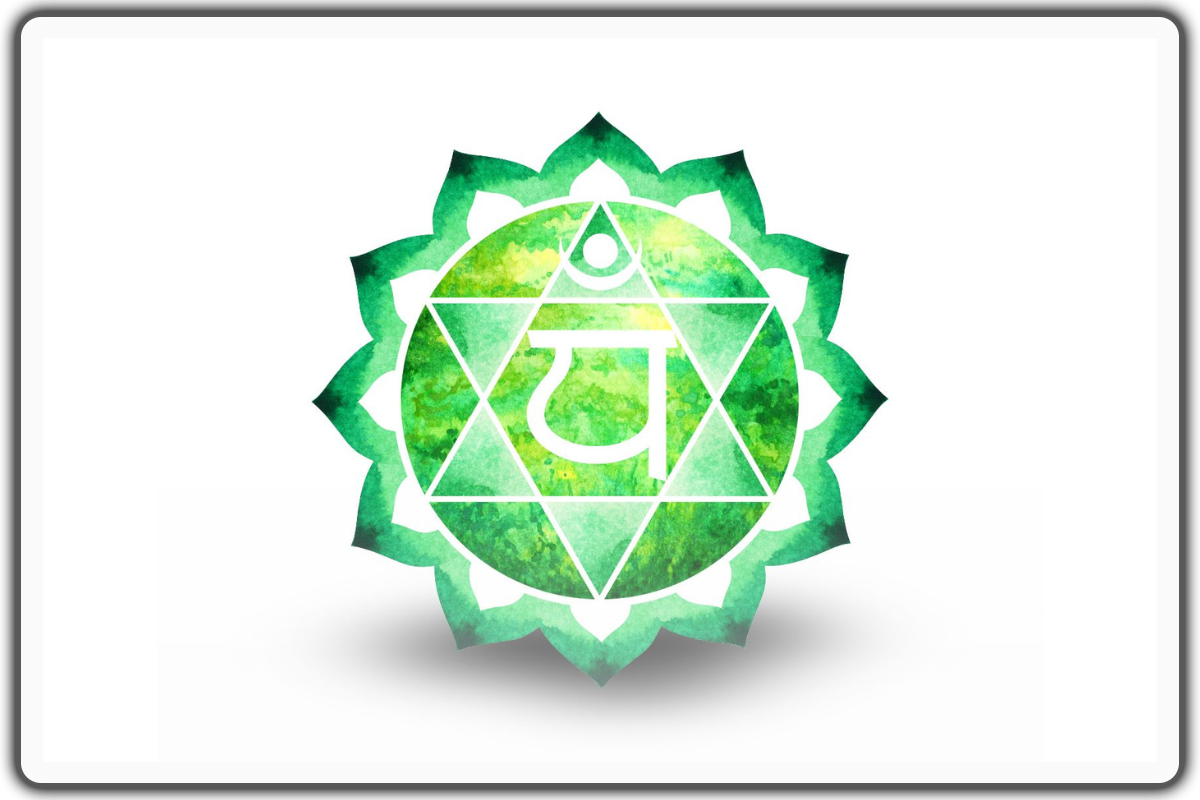
The Heart Chakra, or Anahata, is found in the center of the chest near the heart and is symbolized by the color green.
Governed by the element of air, this chakra is central to love, compassion, and forgiveness.
It regulates our ability to give and receive love, both to ourselves and others.
When balanced, the Heart Chakra fosters unconditional love, compassion, and harmonious relationships.
An imbalance in this chakra can cause:
- difficulties in relationships
- lack of empathy
- feelings of loneliness and isolation
- inability to forgive
- heart problems
5. Solar Plexus Chakra (Manipura)
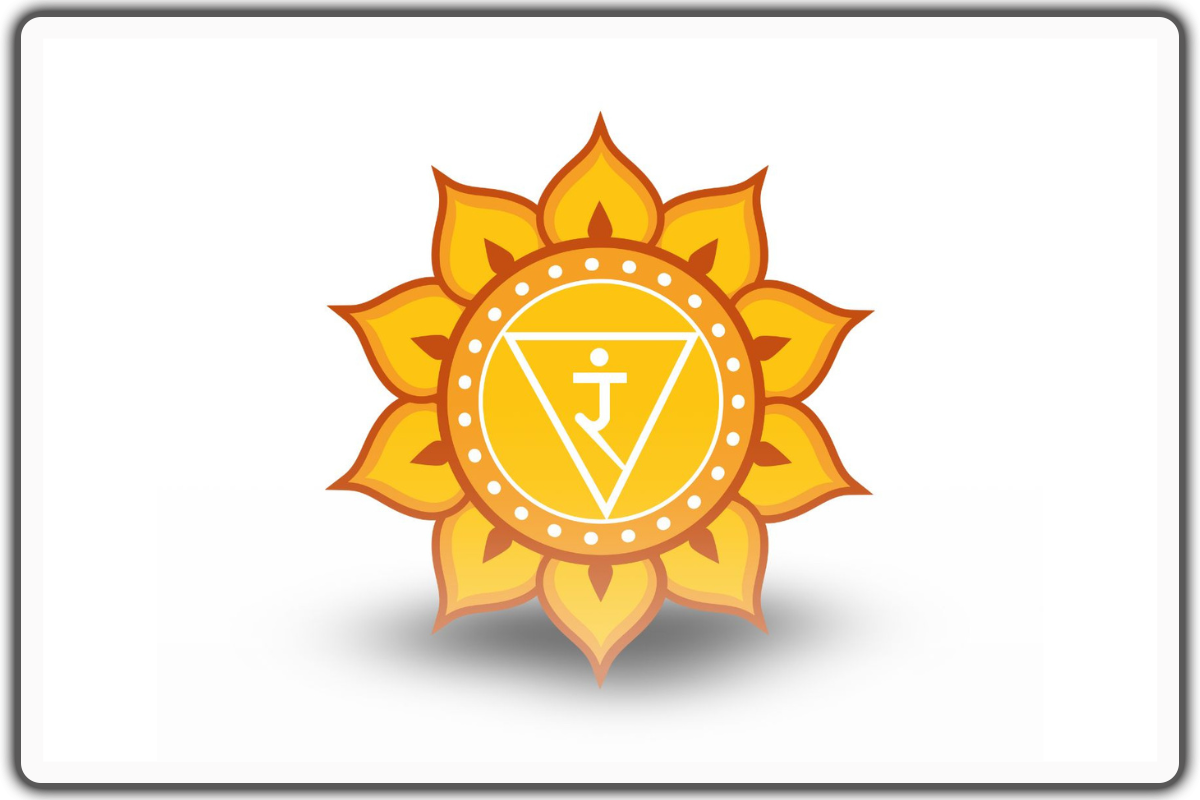
Positioned in the upper abdomen around the stomach area, the Solar Plexus Chakra, or Manipura, is associated with the element of fire and color yellow.
This chakra is the center of personal power, self-esteem, and confidence.
It influences our ability to make decisions, assert ourselves, and feel in control of our lives.
A balanced Solar Plexus Chakra leads to high self-esteem, strong willpower, and a sense of personal empowerment.
Conversely, an imbalance can cause:
- low self-esteem
- feelings of powerlessness
- overly controlling behavior
- lack of confidence
- difficulty making decisions
- digestive problems
- fatigue
6. Sacral Chakra (Svadhisthana)
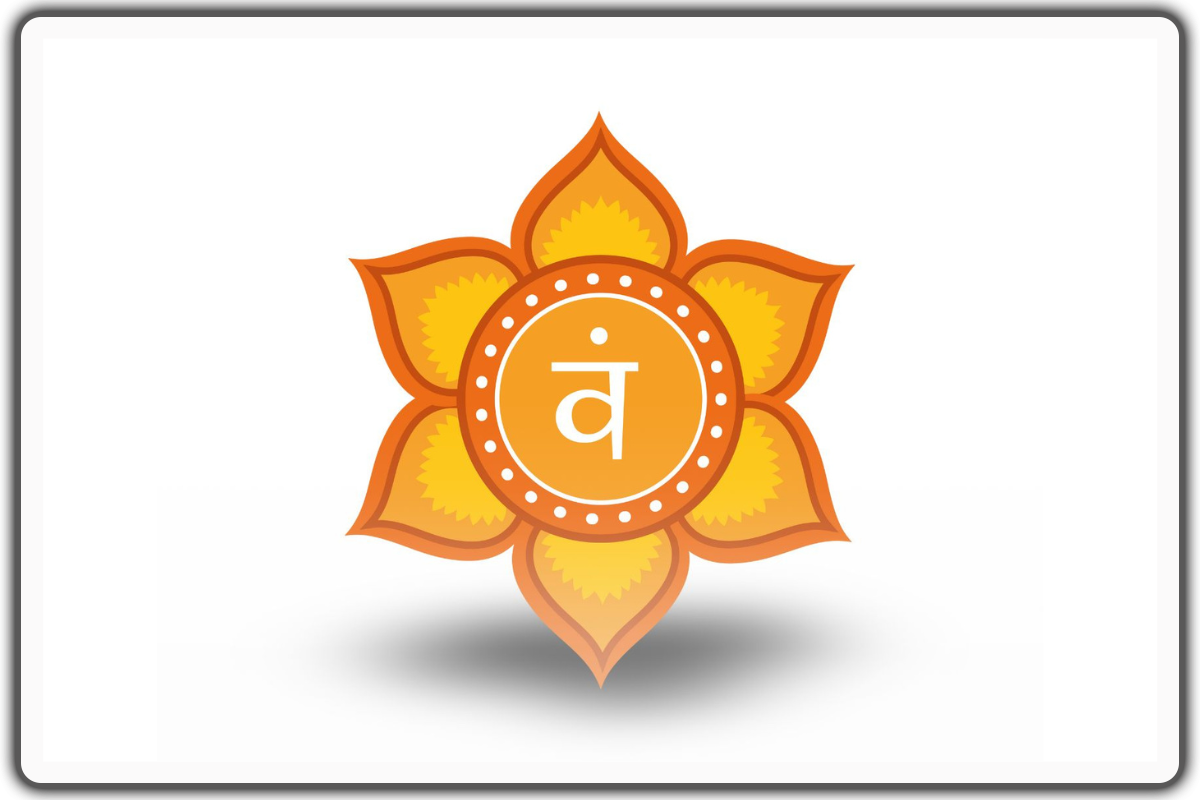
The Sacral Chakra, or Svadhisthana, is located in the lower abdomen, about two inches below the navel, and is represented by the color orange.
This chakra is connected with the element of water and governs creativity, sexuality, and emotional expression.
It influences our ability to experience pleasure, connect with others, and express our emotions.
A balanced Sacral Chakra allows for healthy emotional expression, creativity, and a fulfilling sexual life.
When out of balance, it can manifest:
- sexual dysfunction
- emotional instability
- a lack of creative inspiration
- difficulty forming or maintaining relationships
- lower back pain
7. Root Chakra (Muladhara)
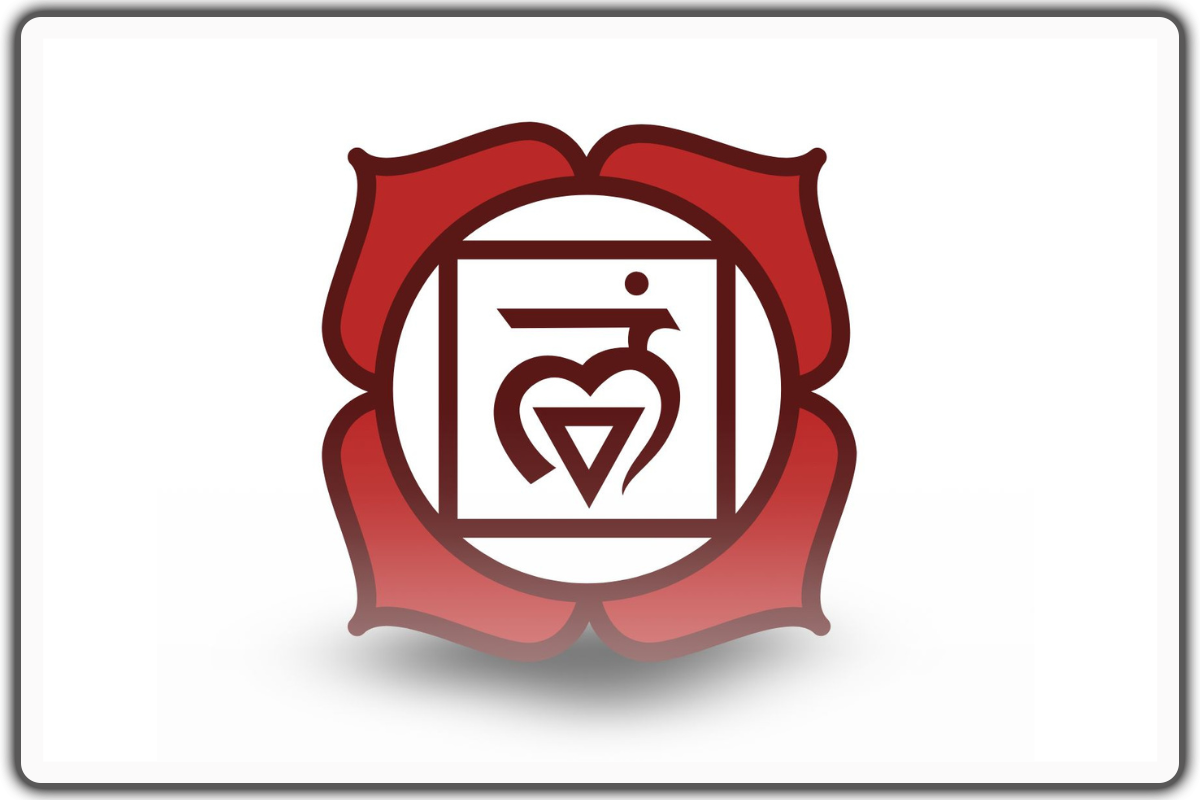
The Root Chakra, or Muladhara, is placed at the base of the spine near the tailbone and is symbolized by the color red.
Governed by the element of Earth, this chakra is foundational, associated with our basic survival needs, stability, and sense of security.
It helps us feel grounded and connected to the physical world.
When balanced, the Root Chakra provides a sense of safety and stability, allowing us to feel secure and supported.
An imbalance in this chakra can result to:
- feelings of fear
- insecurity
- financial instability
- anxiety and restlessness
- Lower Back Pain
- Leg Pain
- A sense of being disconnected from the body and the Earth
Yoga Poses To Unblock Your Chakra
1. Mountain Pose
Begin in an upright standing position with your feet wider than shoulder-width apart, maintaining good alignment with your head, shoulders, hips, and legs. Engage your core. Roll your shoulders back and down, relaxing your arms by your sides with your palms facing forward. Take slow, deep breaths, feeling the stability and grounding of the pose. Hold the position for several deep belly breaths, in through your nose and out through your mouth.
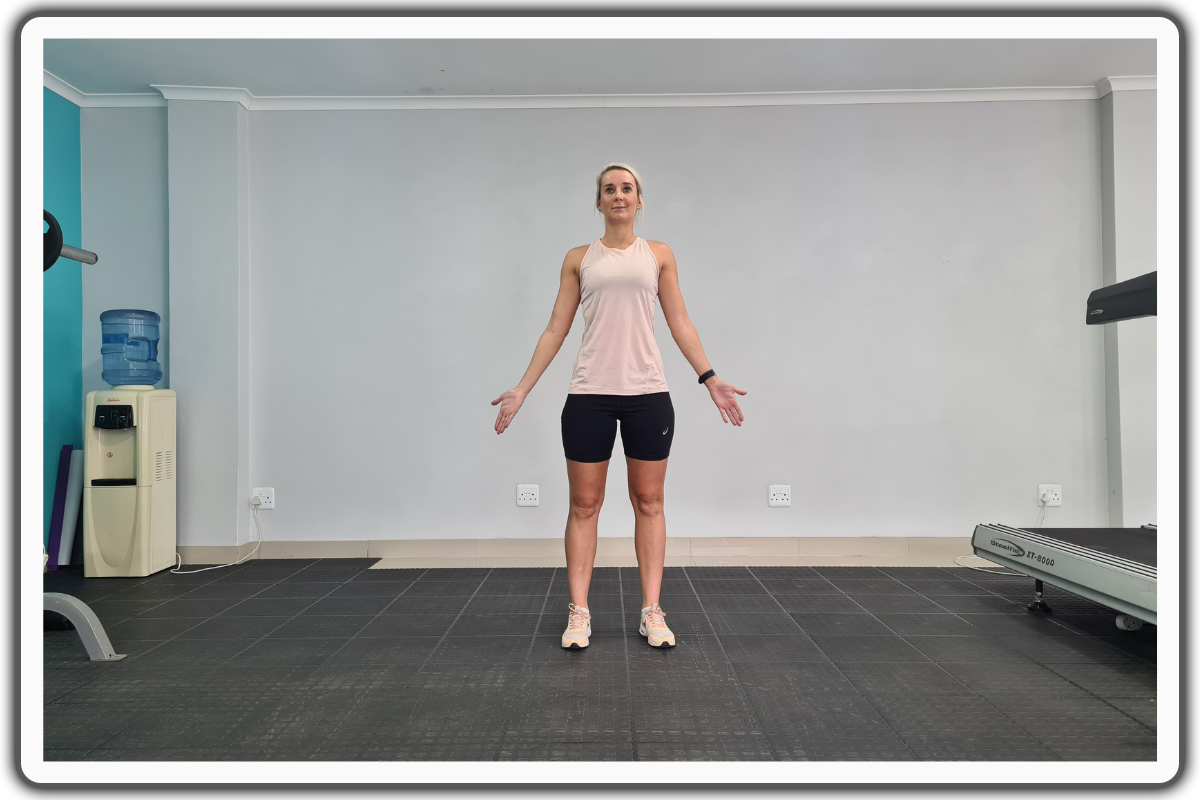
2. Pigeon Pose
For this exercise, you can use a folded blanket or yoga block under your hips for support.
Begin in a four-point position with your hands under your shoulders and knees under your hips, maintaining good alignment with your head, shoulders, hips, and legs. Lift your right leg and bring your foot toward your left wrist. Slide your left leg straight back, ensuring your right thigh is internally rotated and your right foot is pointed. Hold this position for several deep belly breaths, in through your nose and out through your mouth. Relax and return to the starting position. Repeat the movement on the opposite leg.
To intensify the stretch, lower your upper body toward the floor and bend your elbows, resting your forehead on your hands, or walk your hands forward and rest your forehead on the floor.
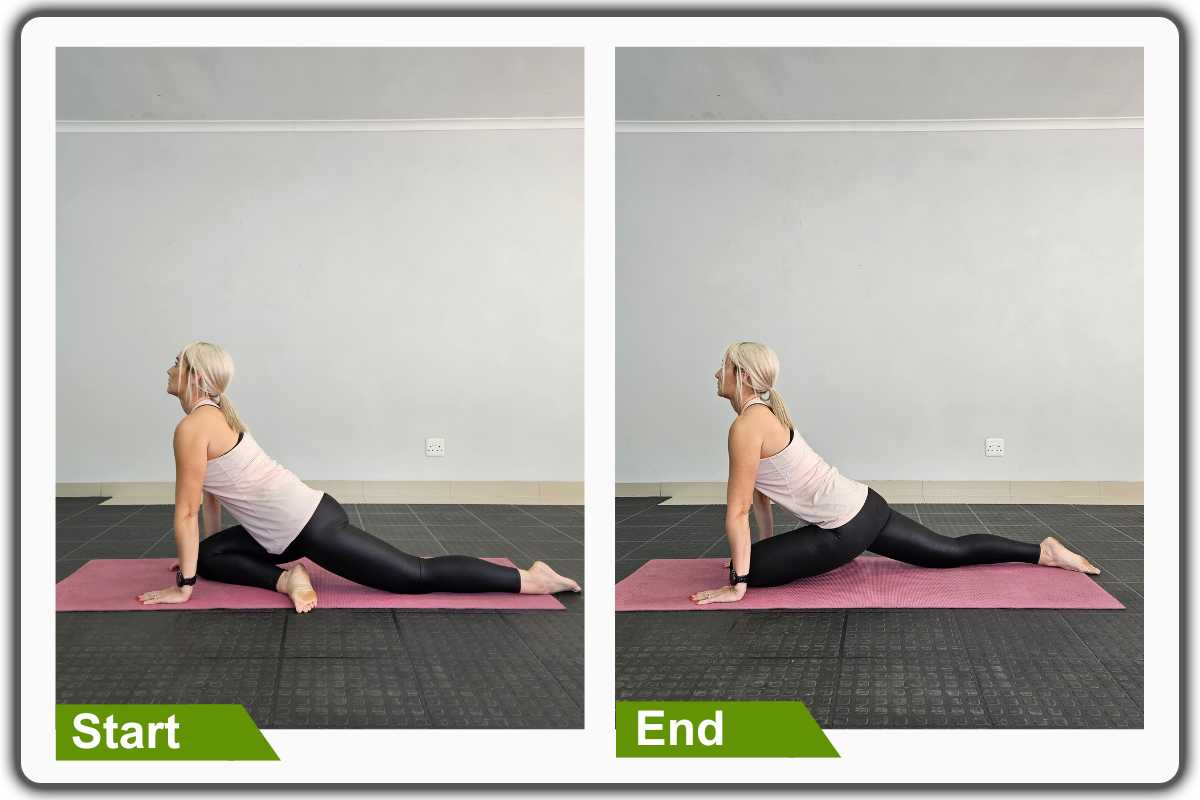
3. Bridge Pose
Lie on your back with your knees bent and your feet flat on the floor, maintaining good alignment with your head, shoulders and hips. Place your hands at your sides, relaxing your upper body. Engage your core, then push from your heels to lift your hips, squeezing your glutes at the end position. Hold this position for several deep belly breaths, in through your nose and out through your mouth. Relax and return to the starting position. Repeat the movement.
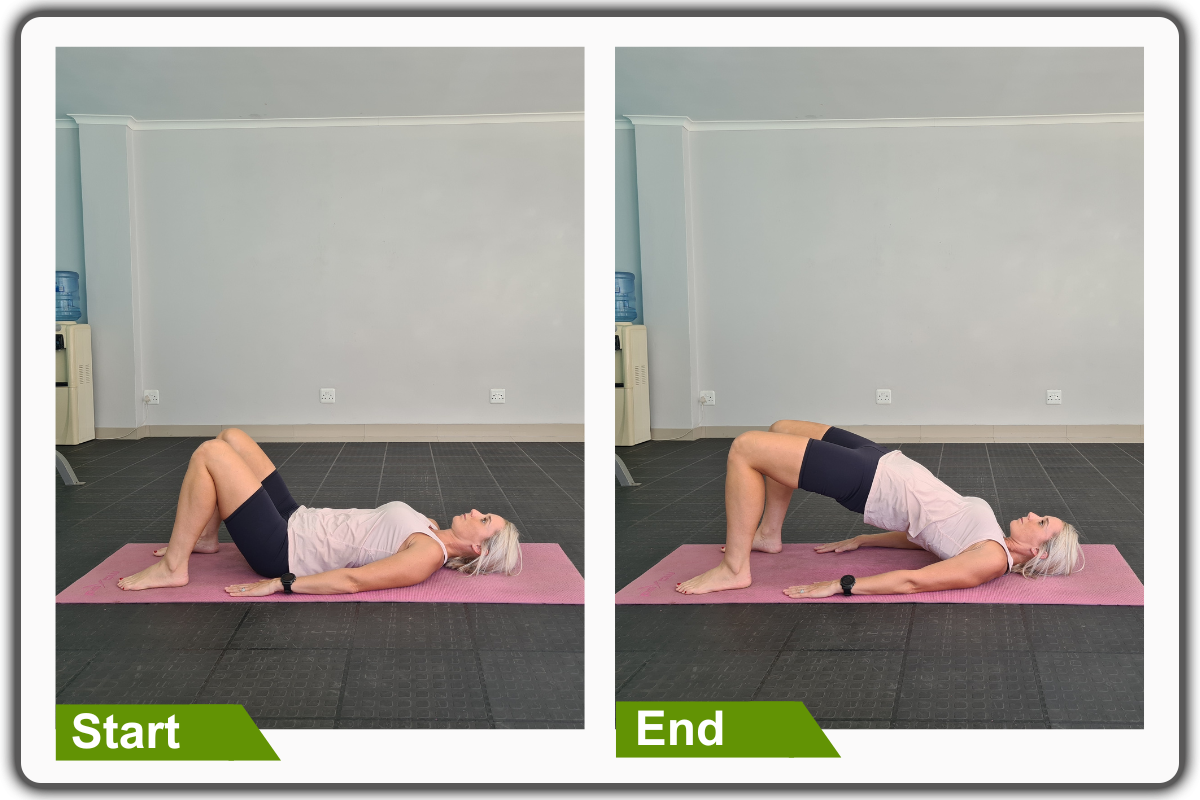
4. Child’s Pose
For this exercise, you can use a bolster or pillow to support your head.
Begin in an upright kneeling position on the floor with your knees wider than shoulder-width apart, maintaining a good alignment with your head, shoulders, and hips. Tighten your abdominal area. Shift your hips back to your feet and extend your arms in front. Drop your forehead on the floor, relaxing your mid-back area for a light stretch. Hold this position for several deep belly breaths, in through your nose and out through your mouth. Relax and return to the starting position.
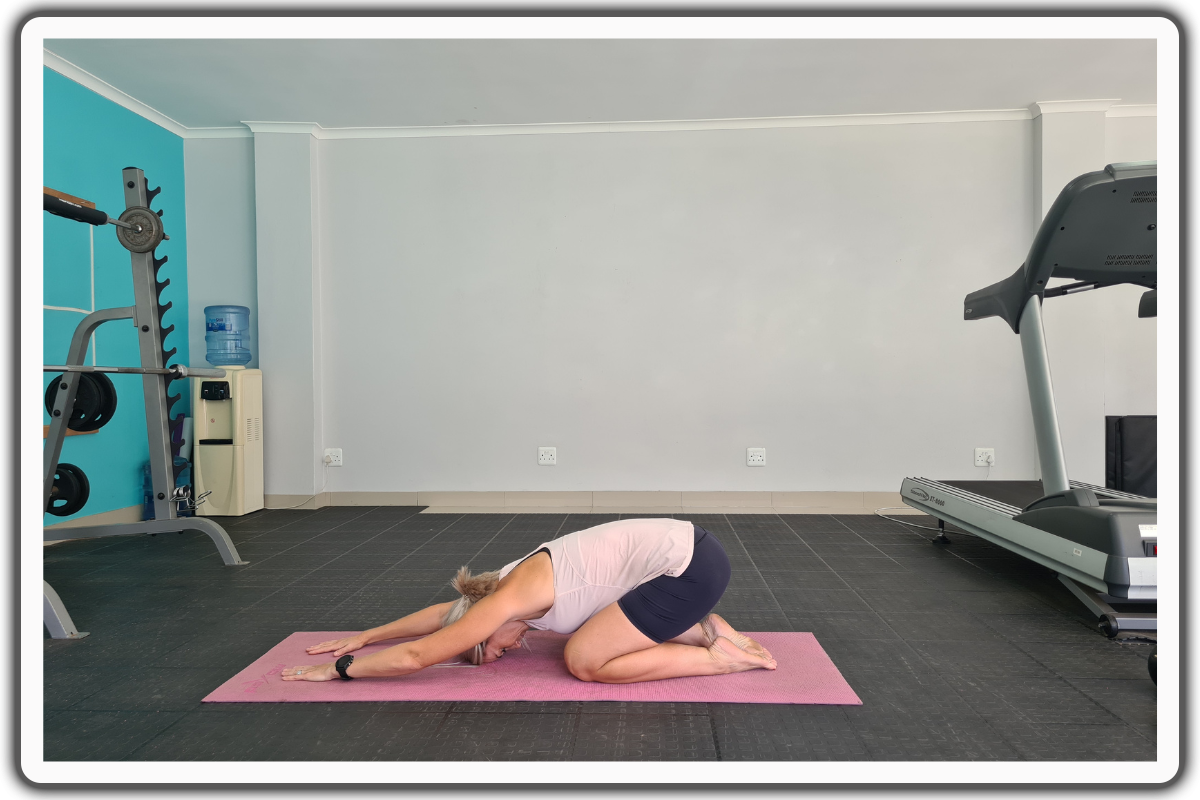
5. Prayer Pose
Begin in an upright sitting position on the floor with your legs crossed in front of your body. Maintain a good alignment of your head, shoulders, and hips. Press your palms together in a prayer position at the center of your heart and close your eyes. Hold this position for several deep belly breaths, in through your nose and out through your mouth.
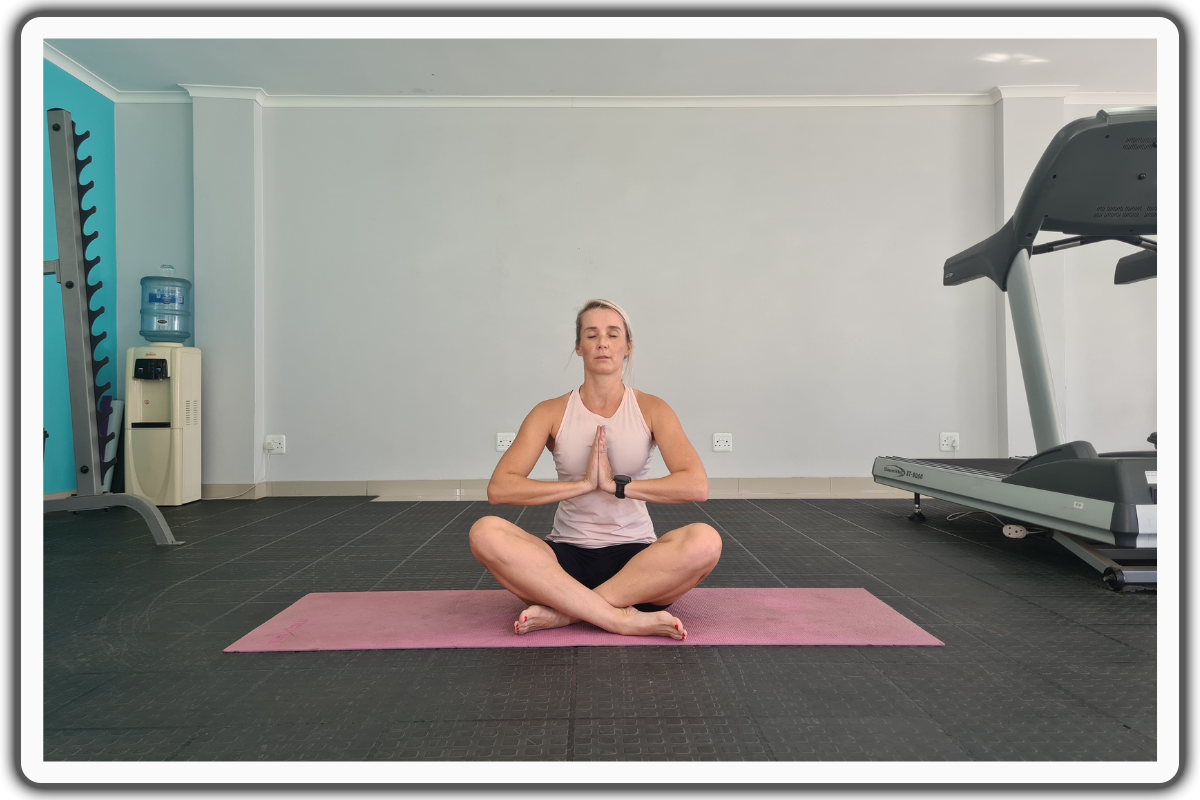
Diet and Nutrition
Diet and nutrition are critical in maintaining the balance and health of the chakras.
Each chakra resonates with specific foods, and incorporating these into your diet can support energy flow and alignment.
Grounding foods like root vegetables and protein-rich items provide stability and security.
This chakra benefits from orange-colored fruits and vegetables, nuts, and seeds, enhancing creativity and emotional balance.
Energy-boosting yellow foods and digestive aids support this solar plexus, fostering confidence and personal power.
- Heart Chakra
Thrives on green vegetables and heart-healthy foods, promoting compassion and emotional healing.
- Throat Chakra
Hydrating and soothing foods like blue and purple fruits aid this chakra, in clear communication.
- Third Eye Chakra
Is enhanced by dark-colored, brain-boosting foods, supporting intuition and insight.
- Crown Chakra
Benefits from light and detoxifying foods, fostering spiritual connection and enlightenment.
A balanced diet rich in whole, colorful foods, along with mindful eating practices, can promote overall chakra health and energy harmony.
Conclusion
Understanding and maintaining balanced chakras is crucial for overall well-being, influencing physical health, emotional stability, and spiritual growth. The seven main chakras each play a unique role in our body’s energy system, and when they are blocked, they can manifest as various physical, emotional, and spiritual issues. Recognizing the signs of blocked chakra is the first step toward healing and achieving balance. By integrating these methods into daily routines, individuals can foster a balanced and harmonious energy system, enhancing their overall quality of life.
References
1. Woodyard, C. (2011). Exploring the Therapeutic Effects of Yoga and its Ability to Increase Quality of Life. International Journal of Yoga.
https://www.ncbi.nlm.nih.gov/pmc/articles/PMC3193654/
2. Richardson, P. S. (2019). The Interrelationships of the Chakras and Mental Health. Journal of Metaphysical Thought. Volume II | Number 1
https://philarchive.org/archive/RICTIO-31
3. DiPietro, M. (2018). The Chakra System as a Framework for Holistic Educational Development.
https://digitalcommons.unl.edu/cgi/viewcontent.cgi?article=1947&context=podimproveacad
